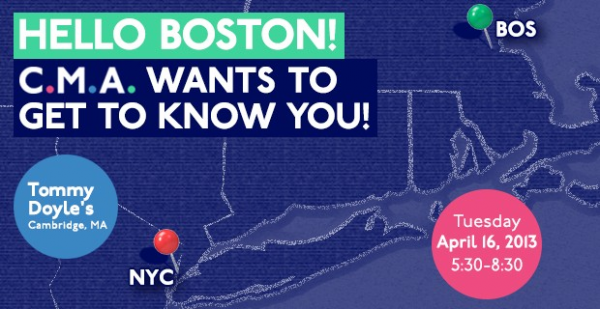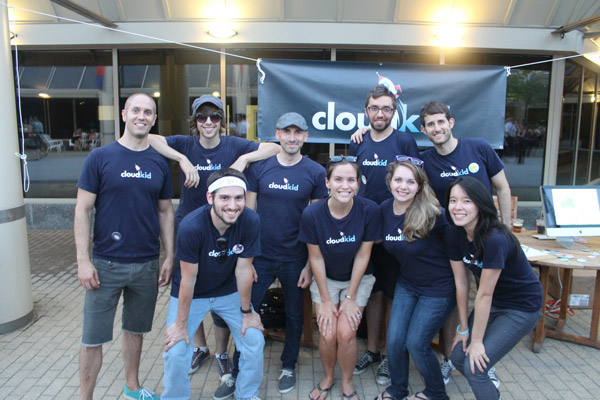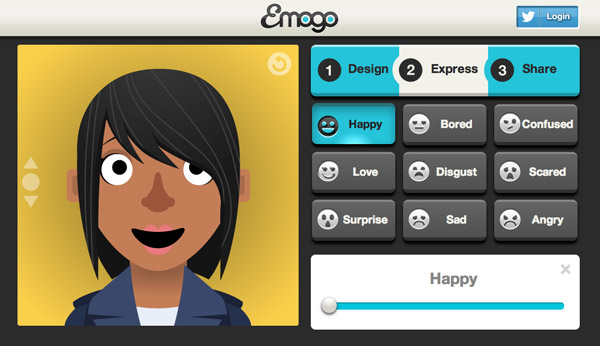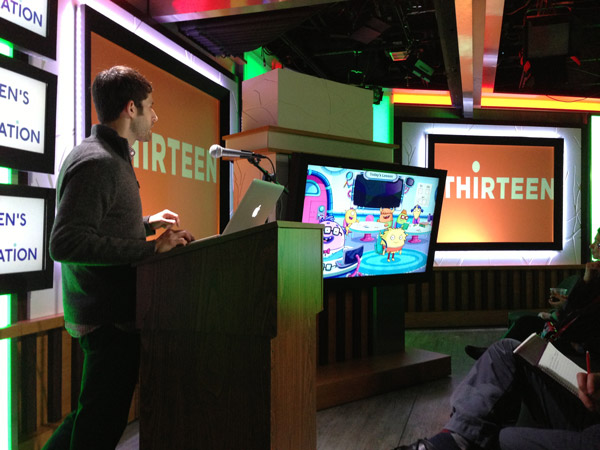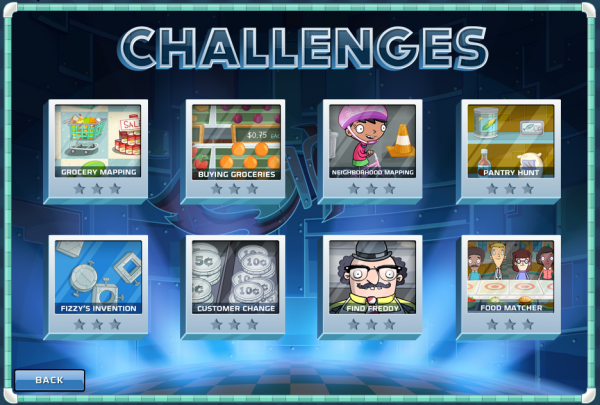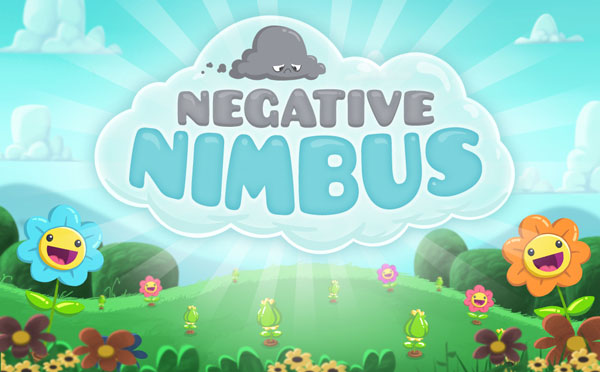
By this point, you’ve heard a lot about our beloved (albeit negative) little cloud, Nimbus. As we mentioned many-a-time, Negative Nimbus was our first self-published, original app release. We poured a ton of time, energy and love into the production, and learned a lot in the process of releasing it to the masses. And as they say, hindsight is 20/20, so we thought we’d share five key lessons we learned along the way:
1) Devote time, money and resources to marketing: While we put a lot of energy into outreach, we realized early on that marketing, like production, requires talent, expertise, and ultimately, a significant budget. While we were proud of what we were able to accomplish internally on our shoe-string budget, we’ll definitely be putting more strategic resources toward the marketing of future self-published titles.
2) Release on as many platforms as possible at once: We were eager to get our game into the hands of users ASAP, and went with a tiered release of iPad first, followed by iPhone/iPod and finally Android devices. This meant a lot of separate marketing pushes, and an overall spread-out of “buzz” and resources. If we could do it again, we’d wait it out and launch on multiple platforms at once, so everyone who hears about the game in a single marketing push has the ability to try it out.
3) Figure out a free strategy: For Thanksgiving, we decided to thank our supporters by going free for a few days. Our downloads that weekend were upwards of 15,000/day, which confirmed that free games have the potential to reach so many more users. While we still struggle with the best way to monetize free games (as most developers do), it’s something we’ll consider more thoughtfully now that we’ve really seen proof of the contrast between free and paid downloads.
4) Use resources smartly: Whether you’re a giant company, or a smaller independent studio like ours, it’s important to use your resources as effectively as possible. As we got further along in our marketing efforts, we learned what avenues were dead-ends, and conversely, where our efforts were paying off. In purchasing ad space, for instance, we quickly learned that one site in particular led to many more click-throughs than all the other sites we tried combined. This made it easy for us to specifically target that site in subsequent marketing pushes.
5) Don’t be afraid to think outside of the box: One benefit to being completely new to self-publishing was our willingness to take risks in our outreach efforts. Eager to learn, we tried everything from guerilla marketing posters with QR codes, to purchasing ad space on a variety of sites, to creating a weather utility app starring our characters for cross-promotion. We also played with the pricing structure, eventually introducing a lite version with a paid upgrade for all content. Our hunger to see what worked help us form relationships with key outreach partners and gain insights that will undoubtedly inform future efforts.
These are just a handful of the many lessons we learned through launching Nimbus. Perhaps our biggest takeaway, though, was in rethinking how we define success. While the app hasn’t left us flushed with cash, we view it as a huge success both in terms of quality of the content we produced and the impact it will have on our efforts as a studio moving forward.


